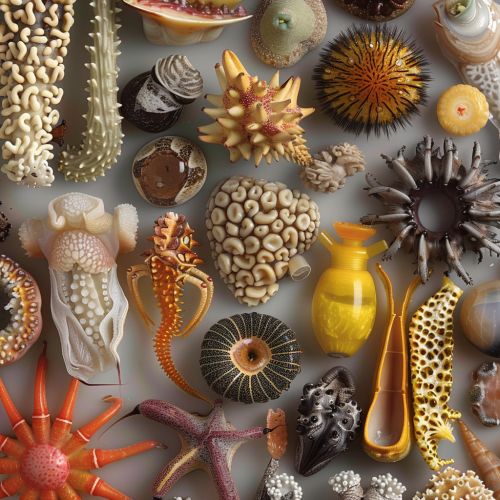Biological Classification
Introduction
Biological classification, also known as taxonomy, is the science of naming, defining, and classifying groups of biological organisms on the basis of shared characteristics. This system of classification is based on the principles of common descent and evolutionary relationships, which are inferred from various sources of data such as morphology, behavior, genetic sequences, and fossil records.


History of Biological Classification
The history of biological classification can be traced back to the works of ancient Greek philosophers like Aristotle and Plato, who were among the first to classify organisms. However, the modern system of biological classification, also known as the Linnaean system, was developed by the Swedish botanist, zoologist, and physician Carl Linnaeus in the 18th century.
Principles of Biological Classification
Biological classification is based on several principles, including the principle of common descent, the principle of maximum parsimony, and the principle of priority. These principles guide the process of classifying organisms into a hierarchical structure, starting from the broadest level of classification (the domain) down to the most specific level (the species).
Levels of Biological Classification
The modern system of biological classification consists of eight major taxonomic ranks, which are, from highest to lowest: domain, kingdom, phylum, class, order, family, genus, and species. Each rank is further divided into sub-ranks, providing a detailed and comprehensive classification of organisms.
Methods of Biological Classification
There are various methods used in biological classification, including phenetic classification, cladistic classification, and evolutionary classification. These methods use different criteria for classifying organisms, such as morphological similarities, evolutionary relationships, and genetic similarities.
Challenges in Biological Classification
Despite its importance in understanding the diversity and evolution of life on Earth, biological classification faces several challenges. These include the problem of defining species, the difficulty in classifying extinct organisms, and the challenge of classifying organisms with complex life cycles or those that reproduce asexually.
Future of Biological Classification
With the advent of new technologies such as next-generation sequencing and bioinformatics, the field of biological classification is undergoing a revolution. These technologies are enabling scientists to classify organisms based on their entire genetic makeup, leading to a more accurate and comprehensive understanding of the diversity of life on Earth.
